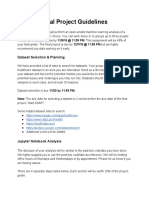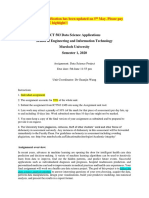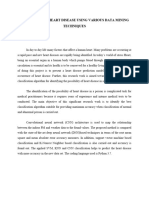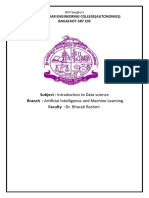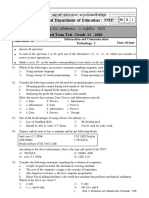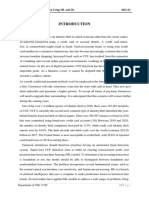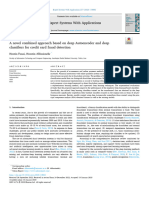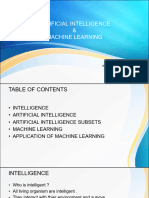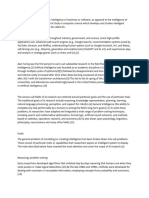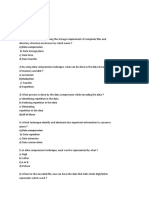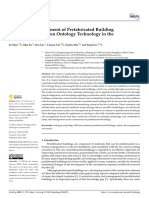0% found this document useful (0 votes)
13 views7 pagesCritical Care Data Preprocessing Report Detailed
The report outlines the preprocessing steps for a critical care dataset of 5000 patients, focusing on data cleaning, encoding, and visualization to prepare the data for machine learning applications. Key steps included handling missing values, converting categorical variables to numerical formats, and ensuring the dataset is structured and clean, resulting in a final dataset of 2619 rows and 235 columns. This thorough preprocessing is essential for accurate predictive modeling in healthcare.
Uploaded by
HiteshCopyright
© © All Rights Reserved
We take content rights seriously. If you suspect this is your content, claim it here.
Available Formats
Download as PDF, TXT or read online on Scribd
0% found this document useful (0 votes)
13 views7 pagesCritical Care Data Preprocessing Report Detailed
The report outlines the preprocessing steps for a critical care dataset of 5000 patients, focusing on data cleaning, encoding, and visualization to prepare the data for machine learning applications. Key steps included handling missing values, converting categorical variables to numerical formats, and ensuring the dataset is structured and clean, resulting in a final dataset of 2619 rows and 235 columns. This thorough preprocessing is essential for accurate predictive modeling in healthcare.
Uploaded by
HiteshCopyright
© © All Rights Reserved
We take content rights seriously. If you suspect this is your content, claim it here.
Available Formats
Download as PDF, TXT or read online on Scribd
/ 7









